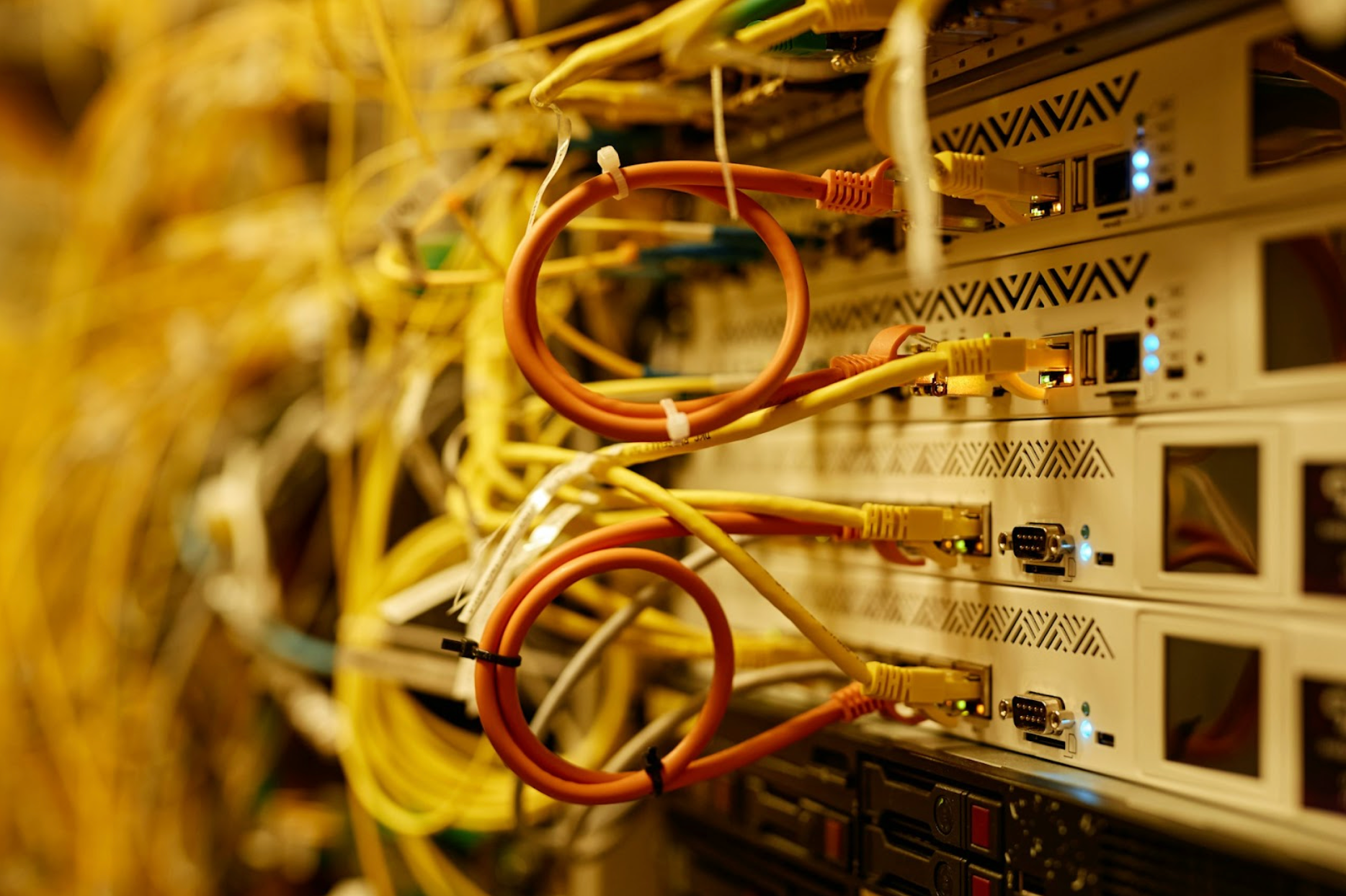High-Speed Category Cables for Reliable Data Flow

In today’s connected environments, data moves faster and in higher volumes than ever. We see this across every industry, from sprawling business campuses to hospitals and school districts. These places are where stable, fast, and uninterrupted connections are necessary. We work hard to support this demand with cabling that delivers consistent performance. That’s why we’re diving into high-speed category cables' role in helping data flow reliably across modern commercial infrastructure.
Why High-Speed Cables Matter in Modern Infrastructure
A cable’s speed and signal integrity can improve a system’s performance. High-speed data cables support fast transmission, low latency, and high bandwidth, all of which matter when running cloud-based applications, video conferencing systems, or network-intensive platforms.
We’ve worked with enough commercial and institutional clients to know that lag, dropped connections, and poor signal quality aren’t just annoyances. They are risks that can interfere with critical operations, impact collaboration, and disrupt systems. High-speed category cables help reduce that risk by offering a physical layer to handle rapid and complex data exchange.
Understanding What Makes a Category Cable 'High-Speed'
When discussing high-speed data cables, we often refer to Cat 5e, Cat 6, Cat 6A, and beyond. A common commercial solution is Cat 6 wire and cable, which supports speeds up to 1 Gbps and a bandwidth of 250 MHz. Cat 6A increases bandwidth to 500 MHz for higher-performance demands and supports 10 Gbps over longer distances.
These cables achieve their performance through design. Higher category numbers usually mean tighter twist rates in the conductors, better shielding, and more precise construction to reduce crosstalk and signal degradation. This structure is critical for projects that rely on low-latency network cables.
Bandwidth and shielding go hand in hand. Shielding in category cable (for foil, braid, or a combination) helps reduce electromagnetic interference (EMI), which becomes more important in high-density installations.
How Shielding Protects Signal Integrity
Shielded category cables provide protection that keeps data clear and consistent. We supply options like F/UTP (foil-shielded) and S/FTP (braid and foil-shielded), which are engineered to combat EMI. This shielding creates a more stable path for signal transmission, which makes a difference in busy network environments.
When equipment rooms get crowded, or data cables run alongside power lines, shielding is one of the key components that maintains integrity. Without it, interference from outside signals could corrupt or slow down your transmissions.
Our team pays attention to shielding types when we help spec high-performance cable. Shielded category cables provide that added confidence, especially when consistent data transmission is the goal.
Demanding Environments That Depend on High-Speed Data Flow
Fast, uninterrupted data flow isn’t just a convenience. In many environments, it’s essential. We see this firsthand in facilities where speed and stability aren’t optional:
- Hospitals rely on reliable data transmission for medical records, monitoring equipment, and real-time communication. Downtime can delay care and compromise safety.
- Schools use high-speed networks to deliver educational content, manage remote learning, and power campus-wide internet access.
- Business campuses operate on integrated systems that support everything from VoIP to digital signage to video streaming and security.
In each case, the infrastructure behind the scenes—including the cable—is responsible for keeping the system connected and responsive.
What to Look for in High-Speed Category Cable Materials
Materials directly affect a cable's performance. We use copper conductors in our high-speed data cables. They offer excellent conductivity and mechanical strength and meet the requirements of most commercial-grade systems.
We also pay close attention to jacket ratings. Whether you need a CMP (plenum) or CMR (riser) rated jacket, that outer layer protects the conductors and supports safe installation in different zones. Jackets made from flame-retardant, low-smoke compounds add a layer of reliability, particularly in mission-critical buildings.
Another key material factor is insulation. Enhanced insulation helps reduce signal loss and maintains performance over longer runs. It also resists wear over time, making it a good fit for high-traffic and high-stress environments.
Category Cable Options That Support High-Speed Networks
Let’s talk briefly about cable categories:
- Cat 5e supports speeds up to 1 Gbps but has a lower bandwidth than Cat 6.
- Cat 6 performs well in commercial environments with standard data demands.
- Cat 6A enhances the speed and distance capabilities, providing 10 Gbps up to 100 meters.
- Cat 7, while less common, Cat 7 cables offer even more shielding and performance.
We offer cables that meet these specifications while maintaining flexibility and long-term reliability. Whether your project needs unshielded or shielded options, the right category cable lays the groundwork for consistent performance.
How We Support Commercial-Grade Cabling Needs
Our job supplies category cables that meet strict performance criteria. We provide:
- Consistent inventory, so project delays don’t derail installations.
- Commercial-grade materials, including solid copper conductors and shielded construction.
- Documentation and transparency, so you know exactly what you’re working with.
We’ve built a catalog of high-speed category cables supporting various commercial systems. We’ve seen how the right cable can stabilize a network and how the wrong cable can disrupt it. That’s why we stick to reliable specs and proven performance.
You can explore our full line of category cables at our Category Cable product page. Questions? Reach out through our contact page.
Speed, Reliability, and Signal Clarity Start with the Right Cable
Category cables act as a bridge between your systems and the speed they need to operate. High-speed data cables help maintain low-latency, high-volume transmission across diverse sectors. From shielding to insulation to bandwidth capacity, every component supports one goal: reliable, high-speed data flow.
We focus on cable quality so our customers can focus on performance. Our category cables help power schools, healthcare networks, and business campuses without hesitation.
If you need shielded category cables, low-latency network cables, or Cat 6 wire and cable that performs under pressure, we’ve got options that match your demands.
Let us know how we can help support your next project. Reliable data transmission starts here.